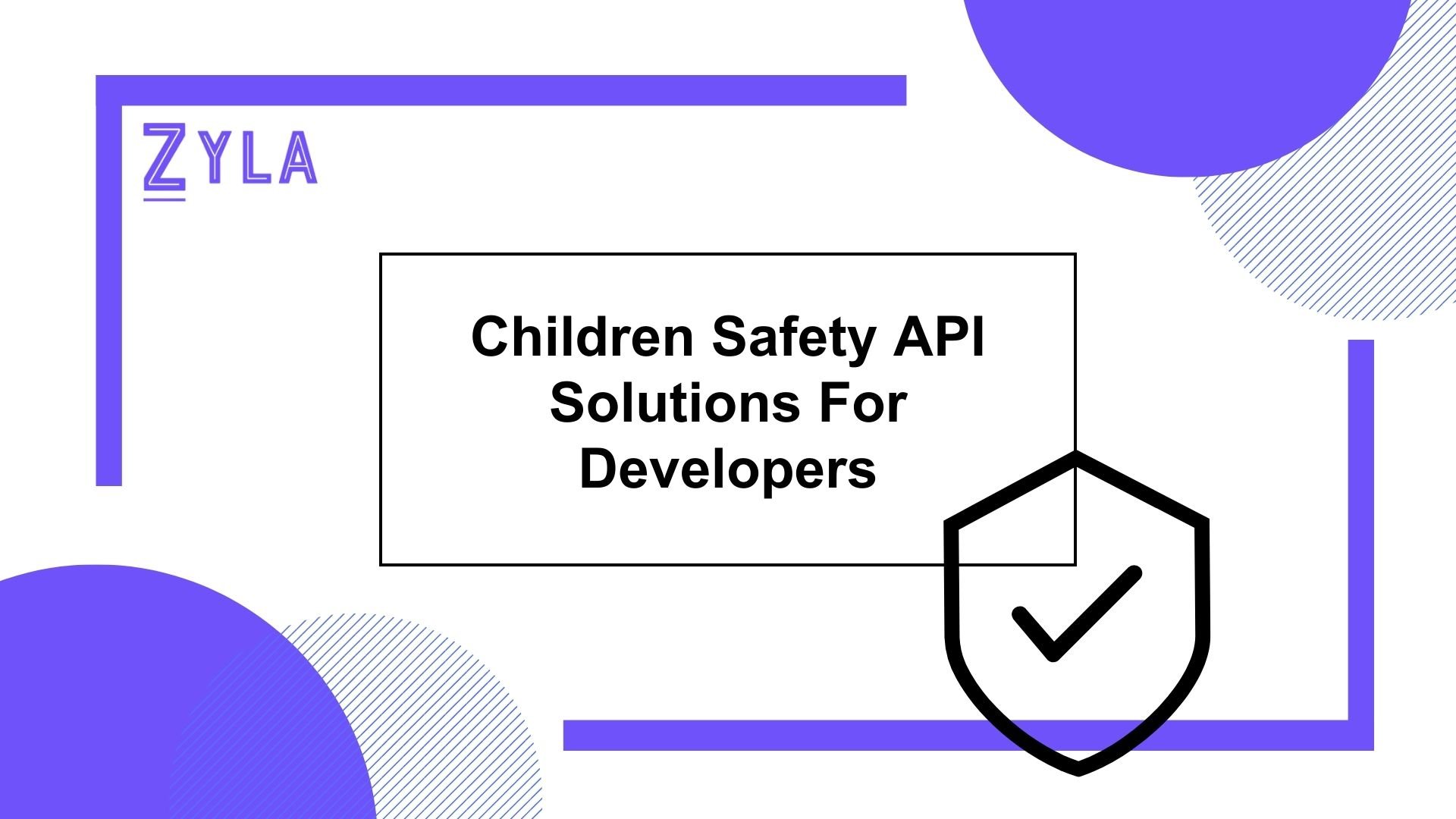Children Safety API Solutions For Developers

By developing and putting into practice Children Safety API solutions, developers play a critical role in protecting children's online experiences. The Application Programming Interfaces, or APIs, facilitate the smooth integration of strong safety measures into programs by acting as a link between digital platforms and safety systems.
As children grow more accustomed to digital settings in today's hyperconnected world, parents, educators, and legislators alike are becoming increasingly concerned about keeping their children safe online. Thanks to the widespread use of smartphones, tablets, and other internet-connected gadgets, kids now have unparalleled access to a plethora of knowledge and communication resources. They run the danger of being exposed to offensive material, being targeted by online predators, and being the target of cyberbullying, though, as a result of this access.
What Is a Children Safety API?
These tools are specialized APIs designed to enhance the safety of children in digital environments. They offer a range of functionalities aimed at filtering, monitoring, and controlling children's online activities to mitigate potential risks.
Fundamentally, a Children Safety API gives programmers a collection of resources and instruments to include security features into their apps. These could include the integration of parental controls, user identification and age verification, and content filtering and moderation. There are already a number of APIs on the market, giving developers access to a wide range of features and functionalities. Examples are the API Browser, API Hub, and API Portal, each of which has its own set of features designed to solve particular security issues.
Essential elements of Children Safety API solutions are content screening and moderation. These functions automatically search through and evaluate information to find and remove objectionable content, such as violent, hate speech, or explicit photos. This API can automatically identify and filter out inappropriate information in real-time by utilizing sophisticated algorithms and machine learning approaches. By taking this proactive stance, it helps shield kids from potentially harmful content as they browse or engage with the internet.
Zyla API Hub
Zyla was founded as a result of the observation that developers encounter comparable challenges when incorporating various APIs into their applications. By developing an API hub that provides a single account, API key, and SDK, they want to eliminate these barriers. Zyla decided to make its center public to help developers by showcasing the APIs that are now available and accelerating the release of new ones.
1) Select the API from your dashboard to begin testing. Simply click on the name of the API to go to its own homepage. This page contains all of the API's documentation, endpoints, and usage instructions.
2) The first step in running tests is to activate an API subscription. Make use of each and every seven-day free trial that is offered. It's important to keep in mind that during the trial period, there will only be one hub API accessible. There is a test method in every hub API. The API page has a testing section. From this menu, choose "Test Endpoint" and adjust the parameters as necessary.
3) To see the test results, go to the website. By learning more, you may assess the API solution's usability and usefulness for your project. Keep in mind that every time you use an API call for testing, you are losing a portion of your subscription. Examine the usage data on the dashboard for further information.





